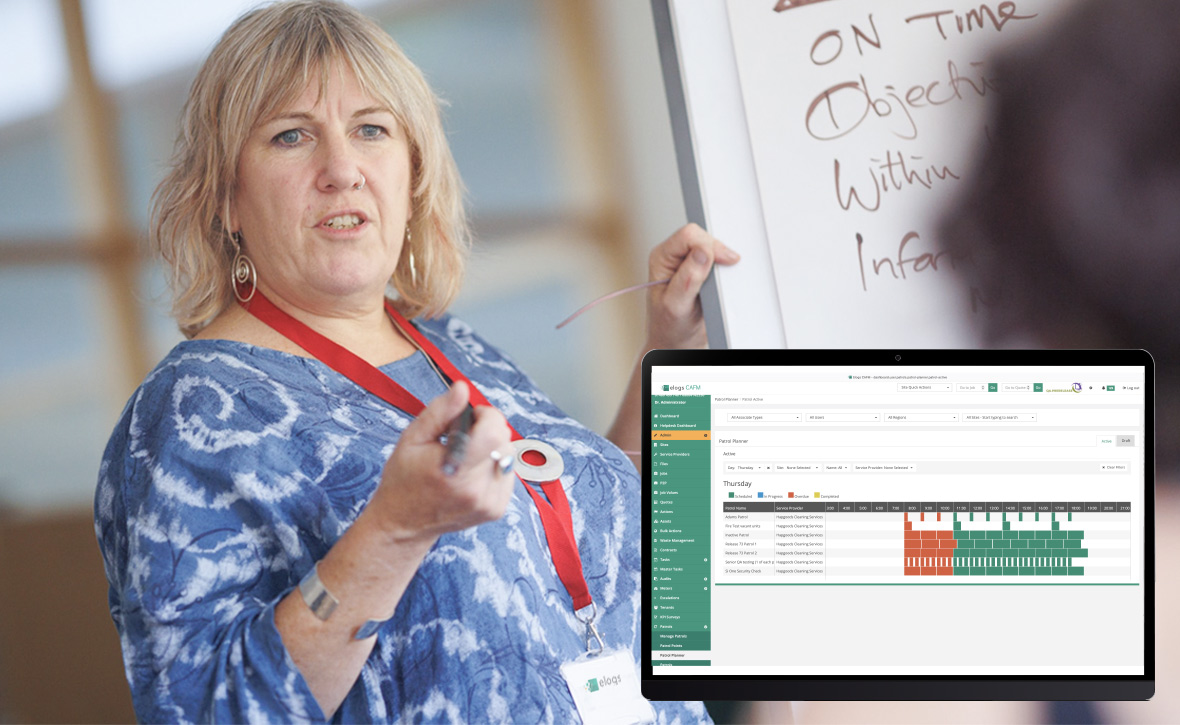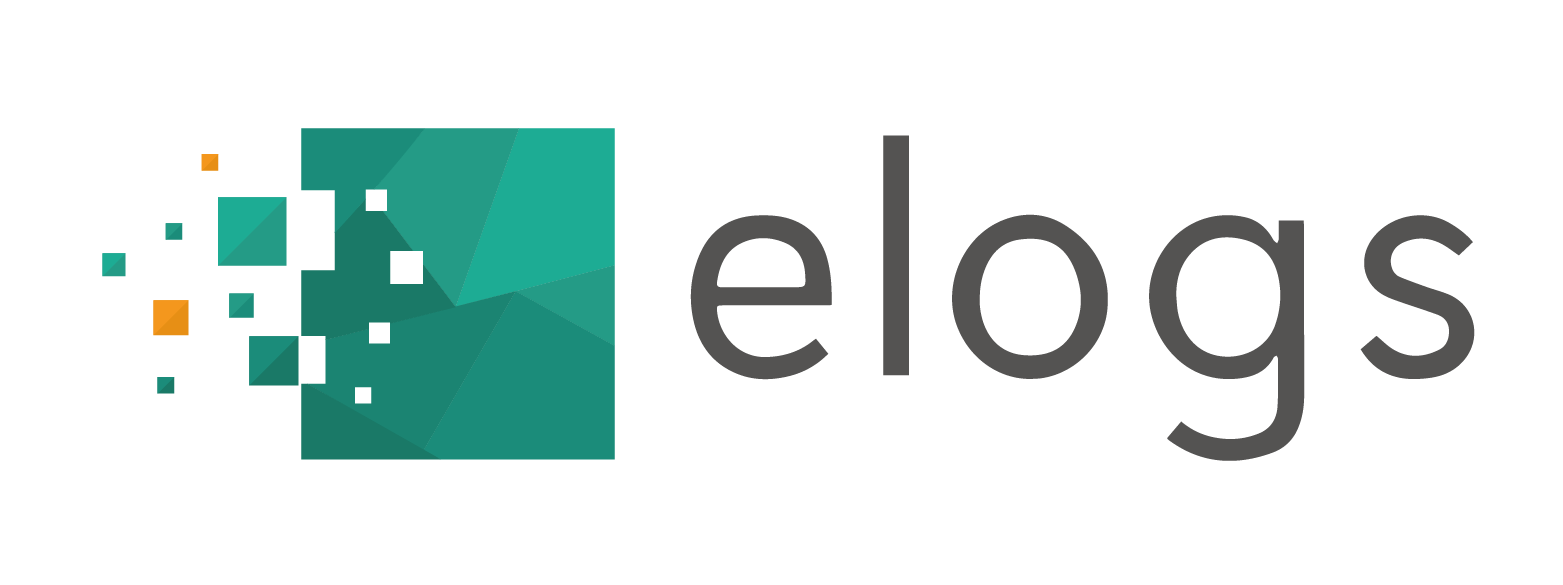Mastering CAFM Implementation: 5 Simple Steps

Mastering CAFM Implementation: 5 Simple Steps
After getting senior leadership buy-in for a CAFM system, how do you go about successfully implementing it? Although there are many benefits to using property management software, like a CAFM system, it can be difficult figuring out where to start when it comes to implementation. There are a few reasons why some business struggle to effectively implement CAFM, including poor data entry, lack of preparation, and failure to set measurable goals at the start of the process.
Mastering the implementation of a new property management software can be difficult, but it’s not impossible. All you need is a structured plan, the right support, and practical advice from industry experts (like us!). If you’re unsure of where to start with your CAFM implementation process, here’s five simple steps to simplify the process:
- Step 1: Set measurable goals to track CAFM success.
- Step 2: Make sure your chosen a CAFM system that meets your requirements.
- Step 3: Configure the CAFM system and ensure its functions align with key goals.
- Step 4: Roll-out your CAFM across the organisation.
- Step 5: Continually monitor the success of your CAFM processes.
- Why is it easy to implement a CAFM with Elogs?
Step 1: Set measurable goals to track CAFM success.
Setting measurable goals is always the best place to start when embedding any new process of software into your business. Defining clear objectives provides a sense of direction and purpose for your business. Think of it like setting coordinates on a map before embarking on a journey—without a specific destination in mind, it’s easy to veer off course or become overwhelmed.
Setting clear goals before implementing a CAFM system will help you stay focused on what matters most and measure the success of the software going forward. Start by identifying your pain points—what solutions should the property management software provide for your business?
The answer to this question will entirely depend on your organisation as every business will face different challenges. Identify the obstacles that your business experiences and define objectives that transform CAFM into a powerful solution for your unique challenges. For example, if your company is losing money by constantly doing reactive maintenance, you could set a goal to reduce business costs by implementing planned preventative maintenance with the CAFM.
However, you might also start by setting targets around data management, preventative maintenance, or the energy efficiency of your buildings.
To give you some more insight of what other CAFM goals might include, here’s a few ideas:
Minimise operational costs:
Use the property management software to reduce expenses related to energy and maintenance.
Enhance energy efficiency:
Extend the lifecycle of your assets and boost your ESG score using the CAFM system.
Ensure Compliance:
Set objectives to mitigate safety risks through scheduling maintenance tasks, optimising equipment, and improving asset value.
Improve tenant satisfaction:
Defining objectives related to keeping tenants happy through effective maintenance and facilities management.
Streamline communication:
Use the CAFM to improve communication between facilities management teams, tenants, and service providers.
When setting goals for CAFM implementation, it all comes down to your top priorities. Many businesses tend to give themselves too many objectives which can make it difficult to remain focused. To stay on track and set your business up for success, determine what steps need to be taken first, and go from there.
By setting clear objectives, you can tailor your CAFM system to match your specific requirements. It’s vital to complete this step before configuring your property management software because it will help you select appropriate modules and features. This will also ensure your CAFM system fits into your organization’s overarching strategy as well as serving your specific business needs.
Step 2: Make sure your chosen property management software meets your requirements.
Although you might think you’ve chosen the right property management software provider for your business, you should always double check before moving onto the implementation stage. This may sound like an obvious answer, but you’d be surprised how many businesses choose a CAFM provider who just isn’t a good fit. But, with so many CAFM options available, how do you choose the right one for your business?
The answer lies in understanding your specific business requirements and finding a CAFM system that aligns with these needs. For example, if your main priority is to execute an effective preventative maintenance strategy—you need to pick a platform with a built-in PPM (Planned Preventative Maintenance) tool and planner. Here are 5 key requirements that businesses often seek in a CAFM system:

1. User-Friendly Interface
One of the primary requirements for an effective CAFM system is a user-friendly platform. An intuitive platform that’s easy to use will help encourage adoption across your organisation and improve productivity.
2. Scalability
No business is static; it is constantly evolving. That’s why you need a scalable CAFM system that can grow alongside your business, accommodating additional facilities, assets, and users without compromising performance.
3. Integration Capabilities
A CAFM system should seamlessly integrate with your existing software, applications, and systems. This ensures that information flows smoothly, and securely, across your organization, meaning you can easily share data and make it accessible to the relevant stakeholders.
4. Human Support
While technology is crucial, the human element is equally important. Finding a CAFM provider who offer a dedicated support team, like Elogs CAFM+ Service Desk, can make the implementation process much easier.
5. Cost-Efficiency
Of course, your choice of CAFM provider must align with your budget. So, it’s essential to consider the return on investment and assess whether the benefits of the platform outweigh the costs. Often, this comes down to winning senior leadership buy-in by making a compelling case for investment.
These specific requirements will vary and entirely depend on your business’ objectives, priorities, and available internal resources. By understanding your unique business needs and carefully assessing CAFM options against these requirements, you’ll better equipped to make an informed decision.
Step 3: Configure the CAFM system and ensure its functions align with key goals.
With your objectives set and your chosen CAFM provider in place, it’s time to move on to the configuration stage. An effective CAFM system can streamline facilities management and enhance efficiency, but only if you get the configuration right at the implementation stage.
If you’ve chosen a CAFM provider that allows bespoke customisation, this will make the configuration process much easier as you’ll be able to tailor the platform to your needs. At this stage, you should determine how the CAFM will handle and manage data. A CAFM system needs to manage a substantial amount of data, so you need to understand how data will be collected, entered, and organized within the system.
It’s important your business and your CAFM provider design a structured approach to data management as this will help to ensure data integrity and accessibility within the platform. CAFM configuration isn’t one-size-fits-all—it’s an opportunity to modify the platform to work for your business. Here’s a few key considerations to keep in mind when configuring your CAFM:
Support Needs: Assess how much support you’ll need from the provider and whether they can offer it.
Data Structuring: Ensure your data is correctly structured and well organised within the CAFM platform.
Functionality Modules: Decide which modules are needed to ensure functionality and meet your business objectives.
Users and Admins: Determine how many users will have access to the CAFM and their specific roles.
This part of the implementation process is essential, as it allows you to ensure accuracy and efficiency across your CAFM system.
Step 4: Roll-out your property management software across the organisation.
To launch your CAFM effectively, you’ll need to roll out the system in stages.
Select which modules to roll-out first.
Given that you might have a long list of priorities, as defined in goal setting phase, it can be overwhelming figuring out what stage to implement first. If you look back to your key findings within the configuration process, you can see which modules are easiest to launch and start from there.
For example, you might start with basic maintenance modules, and then move onto more complicated aspects like setting up a PPM planner and scheduling preventative maintenance activities.
Communicate with your team and provide adequate training.
 Whenever introducing a new software or approach within your organisation, communication is crucial. Ensure all stakeholders are aware of the changes, understand the benefits, and know how to use the system. With that in mind, you should also consider:
Whenever introducing a new software or approach within your organisation, communication is crucial. Ensure all stakeholders are aware of the changes, understand the benefits, and know how to use the system. With that in mind, you should also consider:
- Hosting informative CAFM workshops.
- Creating user training guides.
- Providing on-site support.
Offering adequate training and providing these useful tools will help get your team get the most of the CAFM. This process will be made much easier if you have a provider who offers 24/7 support as well as training resources, like Elogs CAFM+ Service Desk.
Step 5: Continually monitor the success of your CAFM processes.
Finally, monitor the success of your new CAFM! Going through implementation can be a lengthy and time-consuming process, but is it worth it? To find out, you’ll need to continually review and audit your CAFM processes and ensure you’re your goals are being met.
Having defined your objectives at the start of this process, you should be clear on exactly what success looks like for your business. Make sure you know what your key performance indicators (KPIs) are and how they relate to your business objectives. From here, all you need to do is host quarterly reviews to ensure you’re on track.
During these reviews, you can identify trends, adjust your strategy, and ensure that the CAFM continues to meet your objectives. It’s also the perfect opportunity to gather feedback from users and make necessary improvements to enhance user experience. As Peter Drucker, the father of business management, once said: “What gets measured gets managed”—and the same holds true for your CAFM system. With this approach, your CAFM system will continue to evolve alongside your business, paving the path to success.
Why is it easy to implement a CAFM with Elogs?
Now you understand what’s needed to master CAFM implementation, you know how important it is to choose the right provider. But if you’re still unsure of which CAFM platform to choose, why not try Elogs? Elogs CAFM makes the implementation process simple through:
Intuitive platform
The Elogs CAFM platform is intuitive and easy to use, meaning you can easily get to grips with its functionality and processes. There are also built-in training guides to help you navigate some of the more complicated modules, such as the PPM tool. With a wealth of resources to support the adoption of our CAFM, you’ll have everything you need for effective implementation.
Integration capabilities
We can easily embed CAFM into your existing systems and processes, making implementation simple and straightforward. Our CAFM already has the capability to integrate with other valuable platforms such as Prosure360 (supply chain management) and Meridian (compliance and risk management).
Round-the-clock support
Having a helping hand available whenever you need it is invaluable in facilities management. That’s why Elogs CAFM+ Service Desk offers 24/7 support. Once you’ve implemented your CAFM, having round-the-clock assistance will help address your questions, concerns, and building issues going forward.
Make CAFM implementation easy with Elogs CAFM+ Service Desk!


